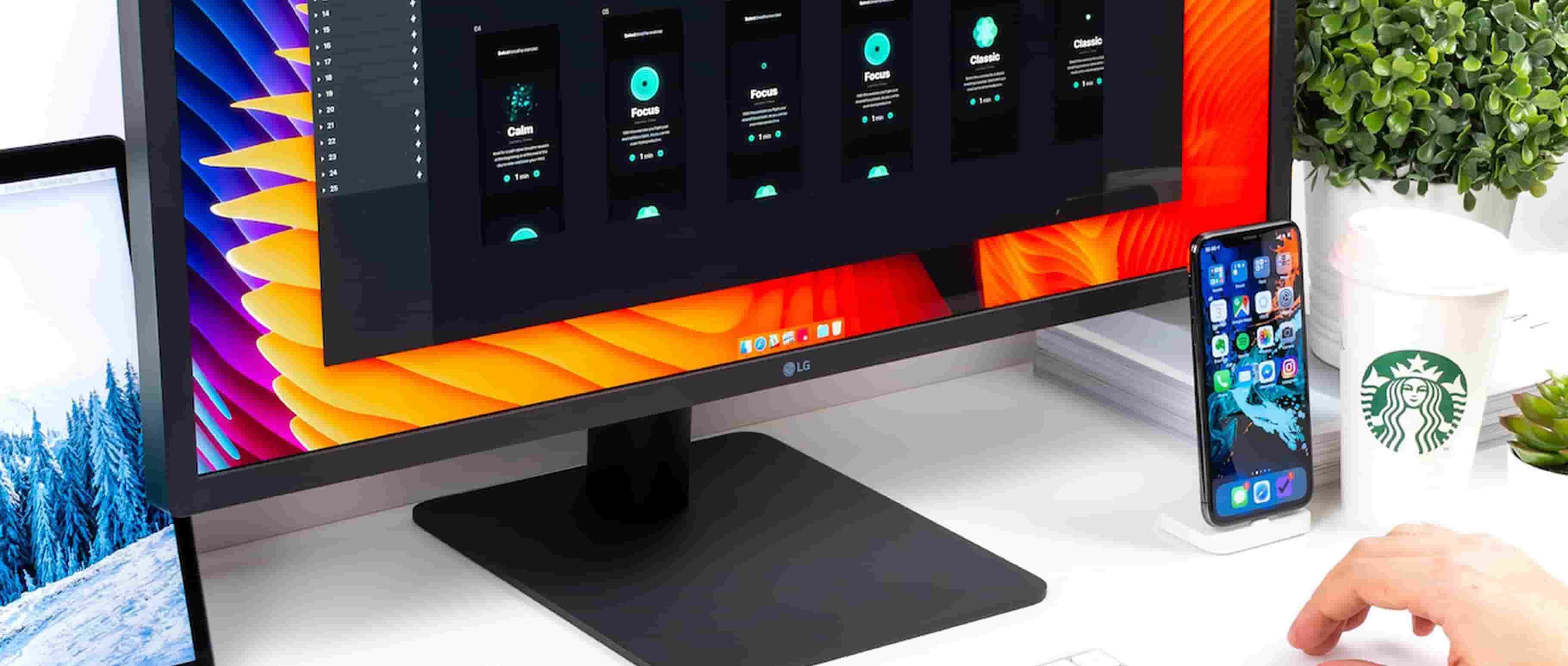With technology advancing at such a rapid rate, and with people expecting information or services at the drop of a hat, the way we view and interact with the world is constantly changing. Gone are the days where designs were simply based on what a client wanted or liked. Now we are making design decisions based on a very premeditated science. This science is known as UX/UI design.
You may not be au fait with the term UX/UI but we will give you a brief insight into them so at least you know what the hipster designer in the corner of your office is talking about.
The first thing you might realise is that they are often confused as the same thing, UX and UI design are 2 completely different processes, but that said if both are not working in unison with each other a product is going to come up short in user experience.
Helga Moreno said ‘Something that looks great but is difficult to use is exemplary of great UI and poor UX. While Something very usable that looks terrible is exemplary of great UX and poor UI.’
You could have the greatest-looking product in the world but if there has been no consideration for the UX then it just won’t work, and people won’t be able to interact with it! Or vice versa, you could spend months analysing data and putting together a strategy and structure that will blow the mind of the end-user and tick every single box needed, but then you design it in MS Paint...no one is going to touch it with a barge pole (sorry Paint).
What is UX Design?
UX Design an abbreviation of User Experience Design, is the process used to give the end-user a satisfying, pleasurable and easy experience while interacting with a product. A UX designer will conduct and put into action competitor and consumer analysis, create a structure and strategy to develop content for the product. A period of outlining is then undertaken in the form of wireframing, prototyping, testing and development. Then working with UI designers and developers everything is put in to practice to create the finished product, all the time tracking and analysing to ensure everything is going to give the end-user the best possible experience.
What is UI Design?
UI Design or User Interface Design is what graphic design has evolved into over the course of the last 10 years or so, due to the ever-changing nature of what people are designing for. The focus is on how something looks and how it guides the end-user through a product visually whether that be a website, a piece of software, an app etc. Using various interactive elements across a plethora of sizes and platforms. Taking what the UX designers have presented to them, design, research and idea development will begin to a point where a look and feel can be decided upon. Wireframing and prototyping will follow with this being presented to the client to establish the way the project will proceed. From there a style guide is created, this is generally a set of rules for how things in the product will look, this includes things such as colour, fonts, font size and can even come down to things that seem as insignificant, such as how much radius is on a button. With these rules set out, the UI designer is able to implement them across every element of the product.
Once the designers and client are happy with the visuals they are passed over to a development team who will bring the product to life. But that is definitely a subject for another blog post!
So to sum it up UI design is like a Porsche, it looks great and people comment on how good it looks. UX design is things like the door handles, pedals and steering wheel, without them the Porsche is useless and people can’t and won’t know how to use it. But if you bring both things together you are on to a winner.
Want to see some examples of UX & UI designs that have worked for us? Check out the latest UX/UI case studies from a few of our clients here at Calm.


